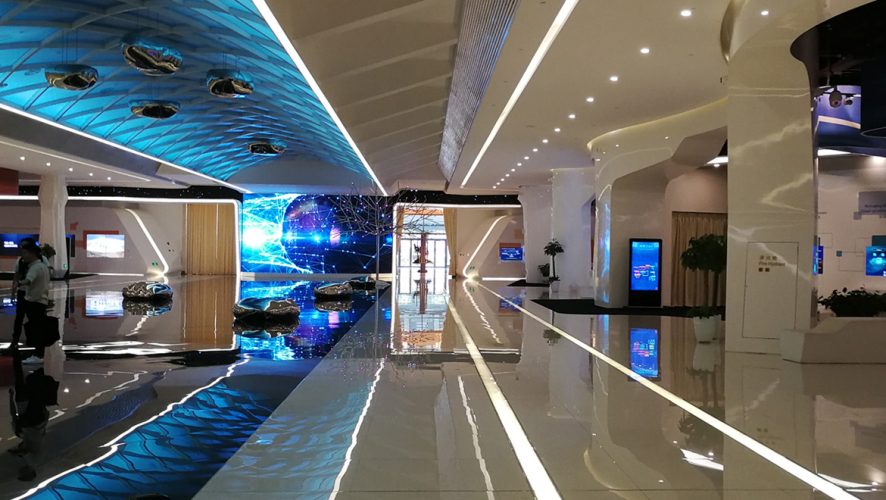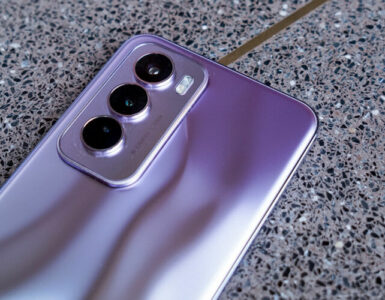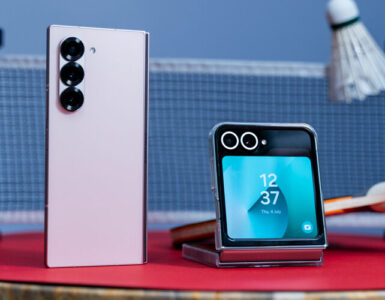Seven years. That’s the time it took Huawei to enter the smartphone market, and all but dominating it by becoming the number two smartphone maker globally, ahead of Apple and trailing behind Samsung.
While the company is 30 years old, its smartphone business, under the consumer business group, was only established in 2010 – a full three years after Apple introduced the first generation iPhone to the world.
With its HQ nestled 13km from the central business district (Futian District) of Shenzhen, Guangdong, China, Huawei is now prepping for the fight ahead. It knows it is late – not by the number of years – but by the fact that Samsung and Apple have already announced and even launched their flagship stars of 2017, the Galaxy Note 8 and the iPhone 8.
Meanwhile, the Chinese conglomerate will only announce its premium flagship, the Huawei Mate 10, in Munich, Germany this month.

Huawei has 15 Research & Development centers in the world, seven of which are located in China. The Beijing R&D center is situated in the outskirts, around an hour drive from the city centre, and it is here that the company conducts various tests, such as drop test, audio, and SAR human radiation safety, to ensure a high quality standards of their smartphones.
In a recent media visit, the company also talked a little about its new Kirin 970 chip, which is set to power the Mate 10. Like Apple, Huawei believes in developing core components in-house and the new Kirin 970 chip features a built-in AI computing Neural Processing Unit (NPU).
On paper, the use of artificial intelligence is meant to wow consumers and its competition. In reality, it reality, it is likely to be the very thing that the company is banking on, in its continued attempt to take down the South Koreans, and be number one.
Rather than having the CPU process the AI computing tasks such as AI image algorithm-based image filtering (like the Prisma app which uses artificially intelligent cloud processing to apply the looks of master painters such as Van Gogh and Picasso to the image), the NPU takes over and does it faster. The Kirin 970 boasts a processing speed of 2,000 images per minute on a benchmark image recognition test.
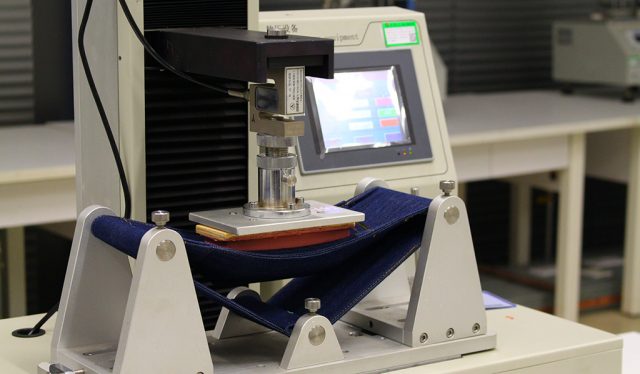
The NPU can also enables the phone to “identify” the picture it is taking, which can be used to introduce faster facial recognition procedures.
Its focus on the latest explosive feature is not new. LAst year, Huawei unveiled its P9 Android smartphone, which was one of the first phones to incorporate dual rear cameras that were co-engineered with Leica. One camera is used to capture the image in colour, and the other in monochrome. By processing both images, the end result is sharper images with deeper shadows and colours.
But it is not forgetting the basics either. The company has also developed its own automatic testers, whereby the entire process, from the beginning of tasks, to the results, are entirely automated, in order to test a massive number of phones at the same time efficiently.
Features such as Bluetooth connectivity, GPS, camera, and sensors on mobile phones can be tested automatically, and its automated systems can test approximately 5000 cellphones concurrently for over 1000 hours. This is equivalent to 10,000 staff working 24/7.
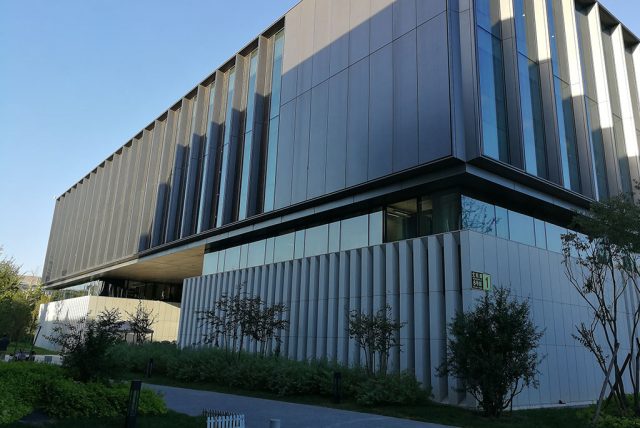
According to Ma Bing, director of quality operations, handset production line, developing a smartphone is a long and tedious process, and in a veiled swipe at its leading competitor, he reiterated an example with regards to the phone battery.
The battery is one of the phone components that Huawei does not produce on its own, so it works with the battery suppliers in the battery design phase, and then conducts various functional tests and long-term reliability tests, before the battery is ready for mass-production, and tested for quality consistency. And when the battery is ready to be incorporated into the phone unit (with the rest of the components), the finished product has to go through other tests as well, including a three-month real-life usage by 500 selected users.
Before the smartphone is launched, it will also require hardware and software compatibility tests, such as Bluetooth connectivity with other devices – wearables, headsets, speakers etc. On top of that, the phone has to be tested with the mobile networks in different countries. The entire process takes at least 15 to 18 months to develop a smartphone.

While the Leica-powered camera was launched last year, Li Chang Zhu, vice president for handset business, consumer business group, said that work actually started four years ago, after the company realised that a growing number of consumers use their smartphones to take pictures, be it selfies or of family and friends.
When the company was trying to find suppliers and partners to help with the phone’s camera optical lens designs and sensors then, it was drawn towards Leica, with their long history in camera development, and Huawei entered into a partnership with the German company.
With the recent decline in interest in Apple’s iPhone 8, as well as a rising dominance with China-branded phones, consumers only need to wait less than 2 weeks to see if Huawei’s Mate 10 is the best of the last, or if it’s back to the drawing board.

